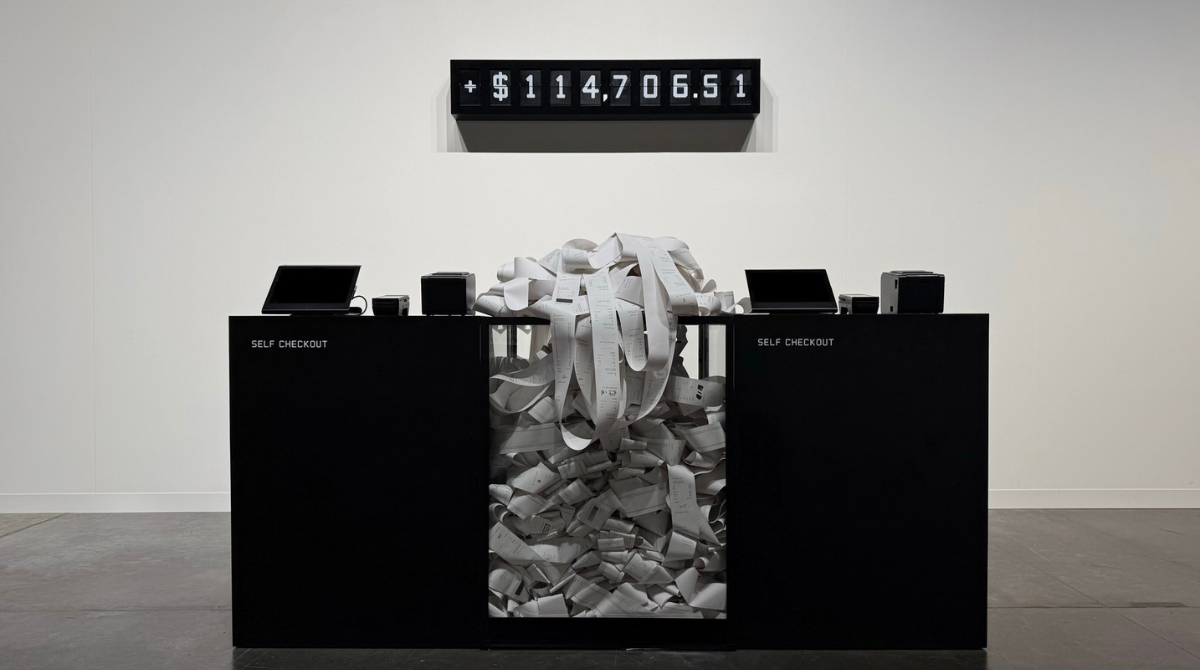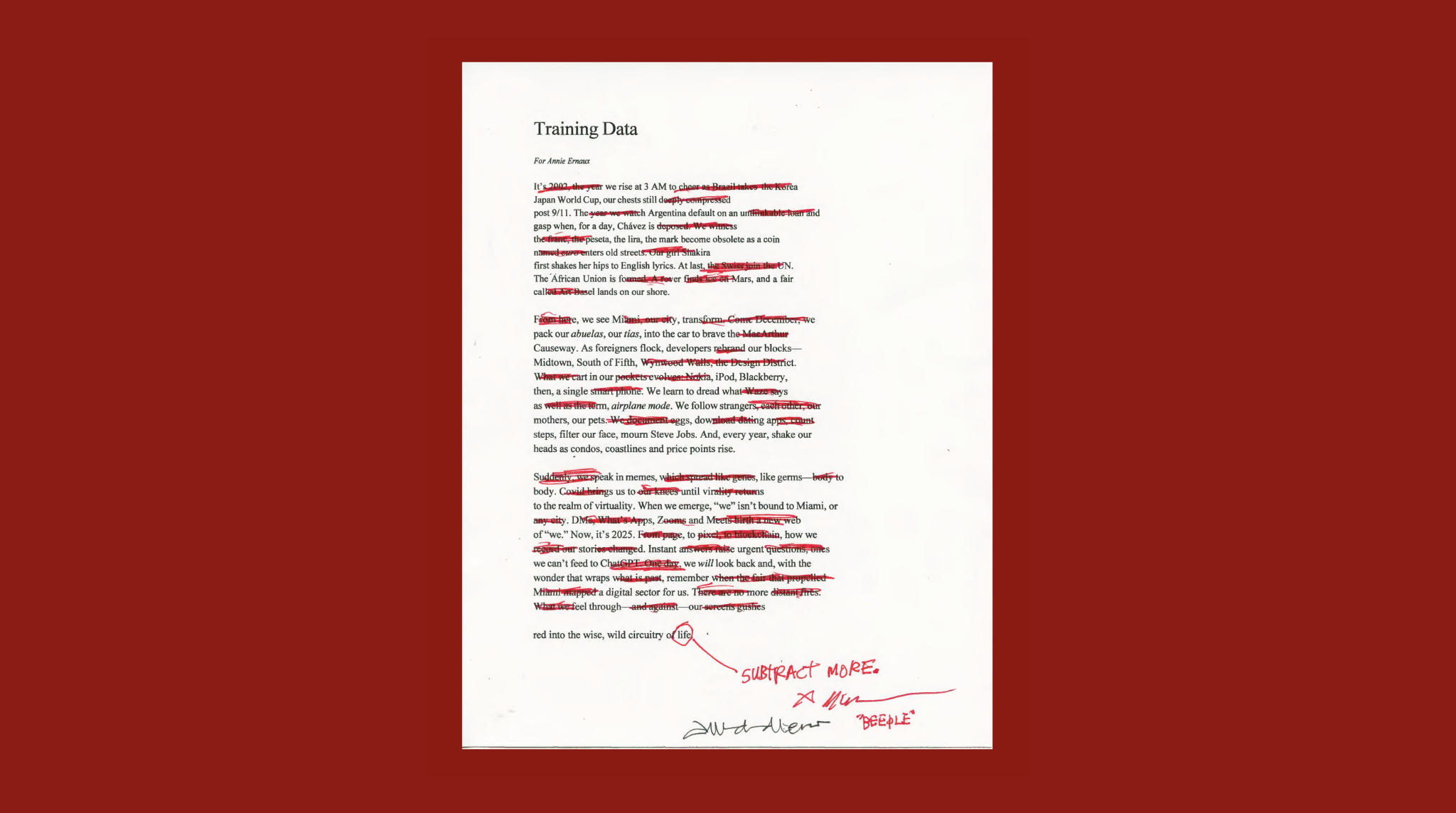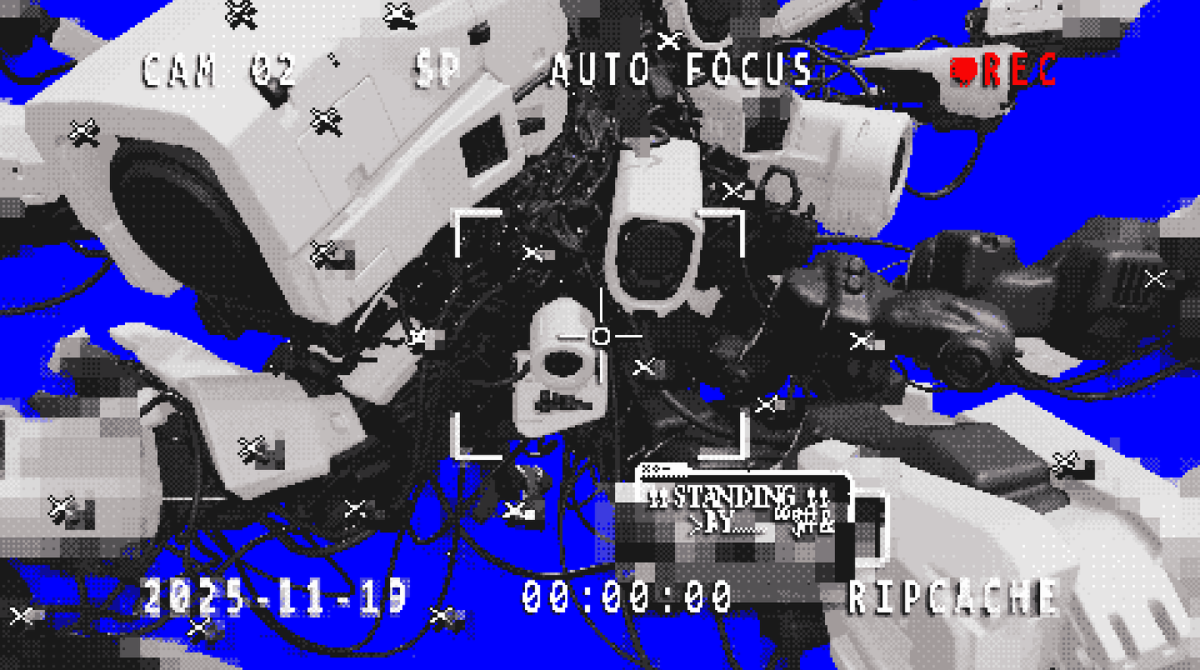Welcome to the OpenSea digest. Let’s look back through the biggest NFT and web3 news of the week.
Yuga Labs Reveals HV-MTL Evo1 NFTs
This week, Yuga Labs, the company most famously behind Bored Ape Yacht Club, revealed its highly anticipated HV-MTL (yes, that’s “heavy metal”) Evo1 NFTs.
In January, Yuga launched the Bored Ape Yacht Club's (BAYC) mini game, Dookey Dash. Participants raced through the sewers to find a golden key. Although only one person won, all 30,000 participants received a Power Source NFT. On May 17, these new NFTs were revealed. Collectors discovered an HV-MTL collectible in the form of a floating robot that transforms into a wearable mecha. There are 8 types created from 1050 traits with a rarity score determined by the original owners' position in the game.
While the response online to the reveal was mixed, these NFTs play a key role in the next phase of Yuga’s metaverse evolution, as they’ll be needed for the Forge.
Jack Butcher Launches New Collection within Checks Project Ecosystem
Jack Butcher, creator of the Checks - VV collection, launched a new collection called Checks - VV Elements late last week. Elements was created by modifying the algorithm that created the original Checks collection, with new parameters added. The new collection combines generative artwork with hand-drawn prints. Inspired by earth, fire, water, and air, Checks Elements is a collection of unique algorithmically-generated compositions exploring “the relationship between consensus and truth.”
According to a Twitter thread about the project, “Checks Elements is a 152-piece collection of hand-finished 30" x 42" monoprints and onchain non-fungible token pairs. It was conceived and co-published with the legendary master printer Jean Milant of Cirrus Editions in Los Angeles. Every pair is a generative artwork on Ethereum that is then hand drawn and reproduced following its algorithmic instructions on a Mailander 202 lithographic printing press.” The digital counterparts to these physical prints are stored on Ethereum as NFTs.
Ledger Releases Controversial New Feature, Ledger Recover
This week, self-custody hardware wallet company Ledger, which we wrote about last week, released a new feature called Ledger Recover, which is an opt-in service for Ledger users. The feature is a key recovery service that helps users recover their funds if they lose access to their seed phrase or their Ledger device. It works by encrypting and splitting up your key phrase and then sending it to Ledger and two of its partners to be held securely onsite. Users are then able to get the seed phrase by confirming their identity with an official ID document.
Shortly after the announcement, users started to raise concerns about the security of the new feature. Until this point, Ledger publicly stated that functionality like this was not possible due to Ledger’s Secure Element chip that stores private keys inside it. But Ledger Recover functions by sending a user’s private key from the device, which has caused some users to question whether their private keys have been more exposed than they thought all along.
Quickly, Ledger’s official Twitter released a statement from its CTO, Charles Guillemet, explaining that the new feature does not compromise users’ security. He explained, “If you choose to subscribe, Ledger Recover encrypts a version of your private key and splits it into three fragments (using Shamir Secret Sharing) - all of this happens on the Secure Element chip, so your Secret Recovery Phrase is not at risk.”
New Token Standard, ERC-6551, Has Arrived
On May 7th, ERC-6551 launched, bringing new capabilities to NFTs. The new token standard gives NFTs the ability to operate as their own smart contract accounts. But what does this mean? These NFTs can do things like collect other NFTs, store ERC-20 tokens, log into web3 apps, vote in DAOs, collect POAPs, and buy and sell tokens. These are token-bound accounts.
Now that more users are utilizing NFTs as their onchain identities, these functionalities will allow them to do more directly from their NFTs. Now ERC-721 tokens have the capabilities of an Ethereum account but remain compatible with existing ERC-721 contracts.
This is an especially interesting use case for gaming, because it will allow users to store in-game items, skins, and more within their game avatar NFT, and bind them together into one “folder,” so to speak. They could also sell or trade the NFT holding all of the in-game items.
Many are saying that this is a historic milestone in the history of NFTs, and we’re looking forward to seeing how they evolve!
.avif)




.avif)
.png)
.png)

.png)



.png)